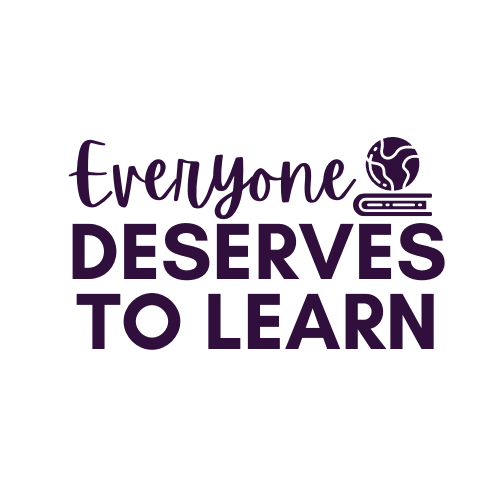Teaching Grammar in Context with Mentor Sentences
Grammar matters! As students are tasked to read more informational text, they must decode and comprehend difficult academic language. I've noticed that many of my upper elementary students can decode and comprehend new vocabulary words, but struggle to use them accurately in oral or written sentences. So, in addition to teaching words and their meanings, this year I focused on identifying and using grammar in context, via mentor sentences.

After researching
, I decided to use primarily non and historical fiction books as mentor texts. That way, I would be able to focus on
while developing grammatical skills. When choosing a mentor sentence, I looked for sentences that specifically contained
my students needed to work on, specifically nouns, verbs, adjectives, and adverbs. We also covered conjunctions, subject/predicate, and independent/dependent clauses. Some of my favorite mentor texts from this school year are below, as well as how we used them:

While working on visualizing, we learned about Jacques Cousteau and practiced past-tense verbs.

During our "Read Around the World" unit, we learned about world cultures, geography, and practiced noun types.

After reading Dragons Love Tacos, we learned and practiced adjectives. We also worked on how-to writing, and wrote a recipe for a taco.

This was a great book to practice verbs! We also classified animals by mammal, reptile, amphibian, etc.

During Black History Month, we learned about George Washington Carver and practiced dependent and independent clauses.

Another class favorite was this book about Jackie Robinson, which we used to practice adverbs and possessive nouns.
The "typical" mentor sentence structure would be to spend one day noticing the sentence, one day identifying parts of speech, one day revising the sentence, and one day crafting a new one. That schedule didn't work for my students, so we created our own.
Day 1: content vocabulary: we found images or made connections to academic words in each sentence, or throughout the book.
Day 2: identifying parts of speech, with a mini-lesson on our weekly skill, or a spiral review.
Day 3: finding examples of our weekly grammar skill throughout the book, grammar game (like Kahoot, SCOOT, or trashketball).
Day 4: comprehension and vocabulary mini-lesson or review.
Day 5: writing, applying the vocabulary and grammar skill we'd learned.
We also used non-fiction articles as mentor texts. Readworks.org and ReadingA-Z.com are my go-to places to find appropriately leveled non-fiction passages.

After reading about hot air balloons, we created a class chart of all the words we could think of about the subject. While they were thinking, they had to sort them into the correct parts of speech categories.

This was a great collaborative activity that really got them thinking!

The students used the collaborative chart they had made about our mentor text as a word bank to help them write poems.
Intentional, direct, explicit grammar instruction has changed my students' fluency, comprehension and writing skills so much! Because they know about plural nouns, they're more likely to notice and pronounce the /s/ sound at the ends of words. Because they know about adverbs, their sentences are more descriptive. Because they know about nouns and adjectives, their syntax has improved.

As a review activity before the benchmark, we used a study guide to help us find parts of speech in a book about pirates, and they rocked it!
Using mentor texts to teach grammar and vocabulary took a lot of prep work, but it was all worth it. Even though we rarely did any drill style activities or grammar worksheets, my students learned to identify
in context and use them correctly in speaking and in writing. Grammar matters!

